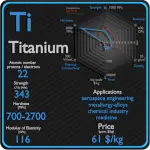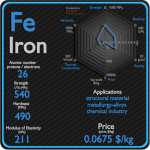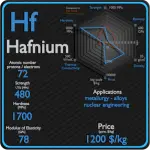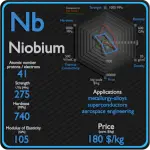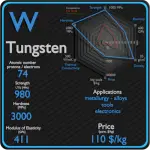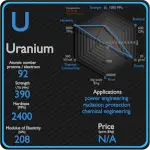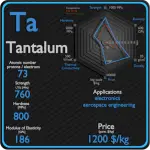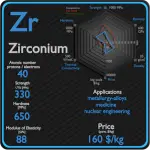This article contains comparison of key thermal and atomic properties of zirconium and hafnium, two comparable chemical elements from the periodic table. It also contains basic descriptions and applications of both elements. Zirconium vs Hafnium.
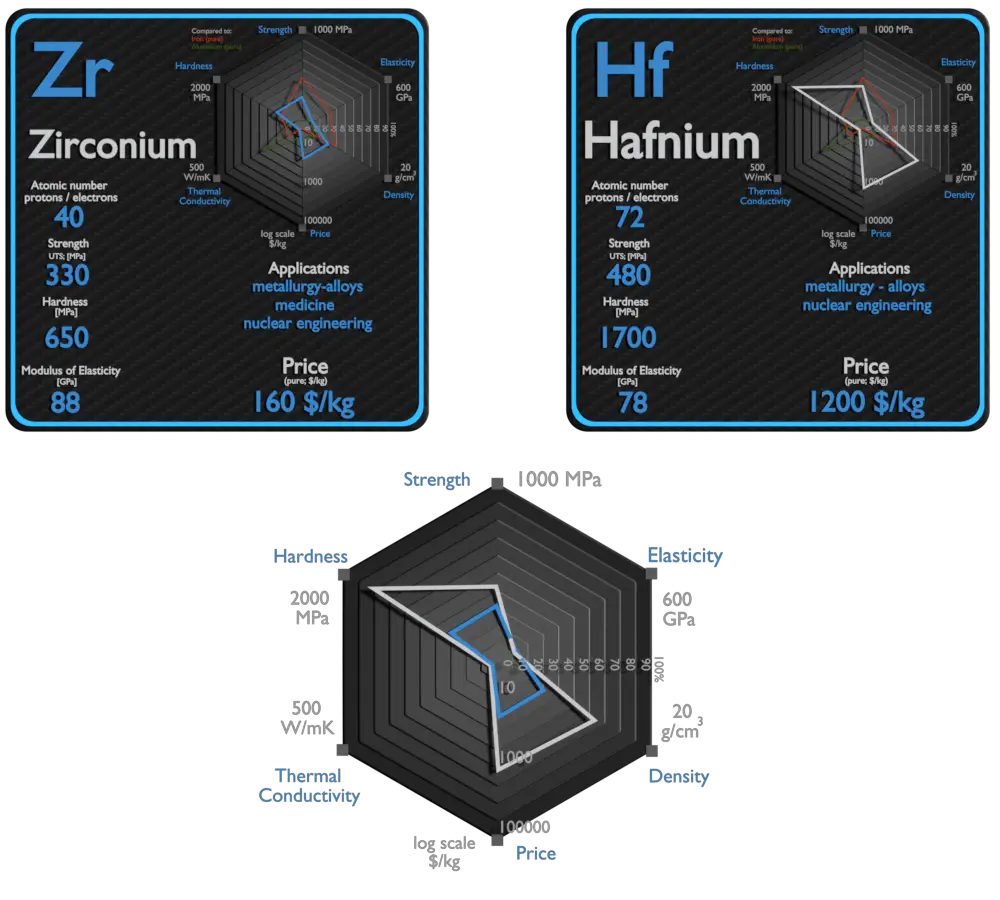
Zirconium and Hafnium – About Elements
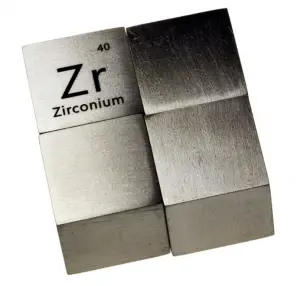
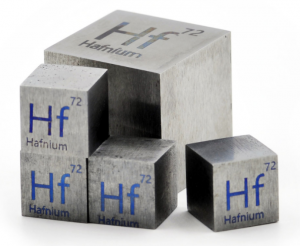
Source: www.luciteria.com
Zirconium and Hafnium – Applications
Zirconium
Most zircon is used directly in high-temperature applications. This material is refractory, hard, and resistant to chemical attack. Because of these properties, zircon finds many applications, few of which are highly publicized. Its main use is as an opacifier, conferring a white, opaque appearance to ceramic materials. Zirconium and its alloys are widely used as a cladding for nuclear reactor fuels. Zirconium alloyed with niobium or tin has excellent corrosion properties. The high corrosion resistance of zirconium alloys results from the natural formation of a dense stable oxide on the surface of the metal. This film is self healing, it continues to grow slowly at temperatures up to approximately 550 °C (1020 °F), and it remains tightly adherent. The desired property of these alloys is also a low neutron-capture cross-section. The disadvantages of zirconium are low strength properties and low heat resistance, which can be eliminated, for example, by alloying with niobium.
Hafnium
Hafnium has good neutron-absorbing properties, and hence it is used in control rods in nuclear reactors, but at the same time requires that it be removed from the neutron-transparent corrosion-resistant zirconium alloys used in nuclear reactors. While hafnium nitride is the most refractory of all the metal nitrides, hafnium carbide is the most refractory of all the binary materials. With a melting point of about 3900 °C it is one of the most refractory binary compounds known. Hafnium has been successfully alloyed with several metals including iron, titanium and niobium.
Zirconium and Hafnium – Comparison in Table
| Element | Zirconium | Hafnium |
| Density | 6.511 g/cm3 | 13.31 g/cm3 |
| Ultimate Tensile Strength | 330 MPa | 480 MPa |
| Yield Strength | 230 MPa | 125 MPa |
| Young’s Modulus of Elasticity | 88 GPa | 78 GPa |
| Mohs Scale | 5 | 5.5 |
| Brinell Hardness | 650 MPa | 1700 MPa |
| Vickers Hardness | 900 MPa | 1700 MPa |
| Melting Point | 1855 °C | 2227 °C |
| Boiling Point | 4377 °C | 4600 °C |
| Thermal Conductivity | 22.7 W/mK | 23 W/mK |
| Thermal Expansion Coefficient | 5.7 µm/mK | 5.9 µm/mK |
| Specific Heat | 0.27 J/g K | 0.14 J/g K |
| Heat of Fusion | 16.9 kJ/mol | 24.06 kJ/mol |
| Heat of Vaporization | 591 kJ/mol | 575 kJ/mol |
